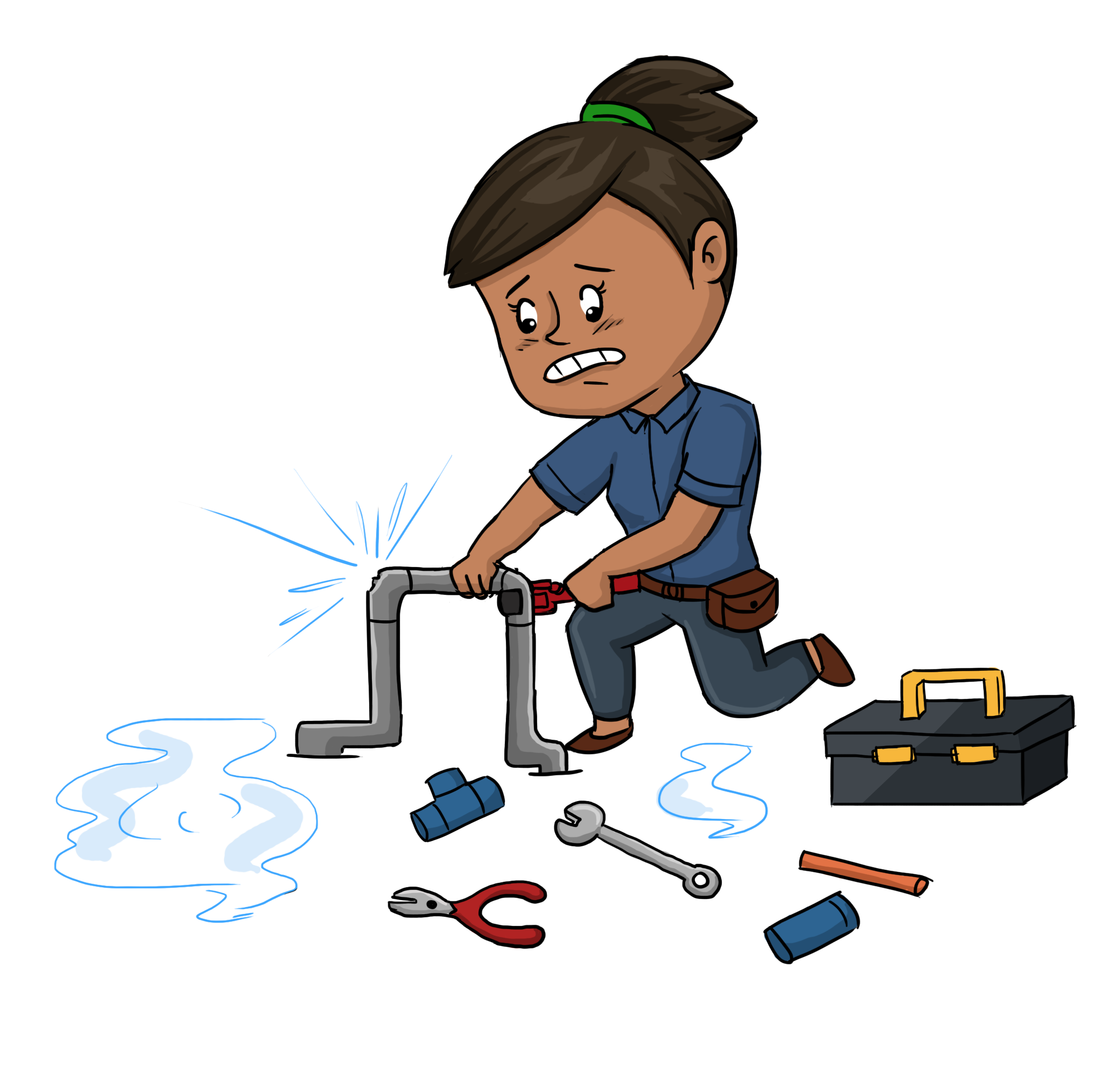
Debugging
If you’ve historically used R interactively, you may find it difficult to define functions that get executed at once without your input as Plumber requires. There are a couple of debugging techniques to be aware of when working on your Plumber APIs; these techniques are equally transferable to debugging your R scripts, packages, or reports.
Print Debugging
Most programmers first approach debugging by adding print statements
to their code in order to inspect the state at some point. In R,
print() or cat() can be used to print out some
state. For instance, cat("i is currently: ", i) could be
inserted in your code to help you ensure that the variable
i is what it should be at that point in your code.
This approach is equally viable with Plumber. When developing your
Plumber API in an interactive environment, this debugging output will be
logged to the same terminal where you called run() on your
API. In a non-interactive production environment, these messages will be
included in the API server logs for later inspection.
Router Stage Debugging
Similar to print debugging, we can output what plumber knows at each
stage of the processing pipeline. You can do this by adding hooks to two key
stages: "postroute" and "postserialize".
For example, we can add these lines to our plumber.R
file:
#* @plumber
function(pr) {
pr %>%
pr_hook("postroute", function(req, value) {
# Print stage information
str(list(
stage = "postroute",
type = req$REQUEST_METHOD,
path = req$PATH_INFO,
value = value
))
# Must return the `value` since we took one in
value
}) %>%
pr_hook("postserialize", function(req, value) {
# Print stage information
str(list(
stage = "postserialize",
type = req$REQUEST_METHOD,
path = req$PATH_INFO,
value = value
))
# Must return the `value` since we took one in
value
})
}If we were to execute a GET request on
/stage_debug
#* @get /stage_debug
function(req, res) {
return(42)
}, we would expect to see output like:
List of 4
$ stage: chr "postroute"
$ type : chr "GET"
$ path : chr "/stage_debug"
$ value: num 42
List of 4
$ stage: chr "postserialize"
$ type : chr "GET"
$ path : chr "/stage_debug"
$ value:List of 3
..$ status : int 200
..$ headers:List of 1
.. ..$ Content-Type: chr "application/json"
..$ body : 'json' chr "[42]"This output shows that the route /stage_debug calculated
the value 42 and that the value was serialized using json.
We should expect to see that the received response has a status of
200 and the body containing JSON matching
[42].
Interactive Debugging
Print debugging is an obvious starting point, but most developers
eventually wish for something more powerful. In R, this capacity is
built in to the browser() function. If you’re unfamiliar,
browser() pauses the execution of some function and gives
you an interactive session in which you can inspect the current value of
internal variables or even proceed through your function one statement
at a time.
You can leverage browser() when developing your APIs
locally by adding a browser() call in one of your filters
or endpoints and then visiting your API in a client. This offers a
powerful technique to use when you want to inspect multiple different
variables or interact with the current state of things inside of your
function. This is also a good way to get your hands dirty with Plumber
and get better acquainted with how things behave at a low level.
Consider the following API endpoint:
If you run this API locally and then visit the API in a web browser,
you’ll see your R session switch into debug mode when the request
arrives, allowing you to look at the objects contained inside your
req and res objects.
Port Range
You can use [httpuv::randomPort()] to define a range of port for Plumber to pick from when running an API.
# plumber.R
options("plumber.port" = httpuv::randomPort(min = 4000, max = 7000, n = 100))
### define the rest of your plumber router...or more programmatically
pr() %>%
pr_run(port = httpuv::randomPort(min = 4000, max = 7000, n = 100))